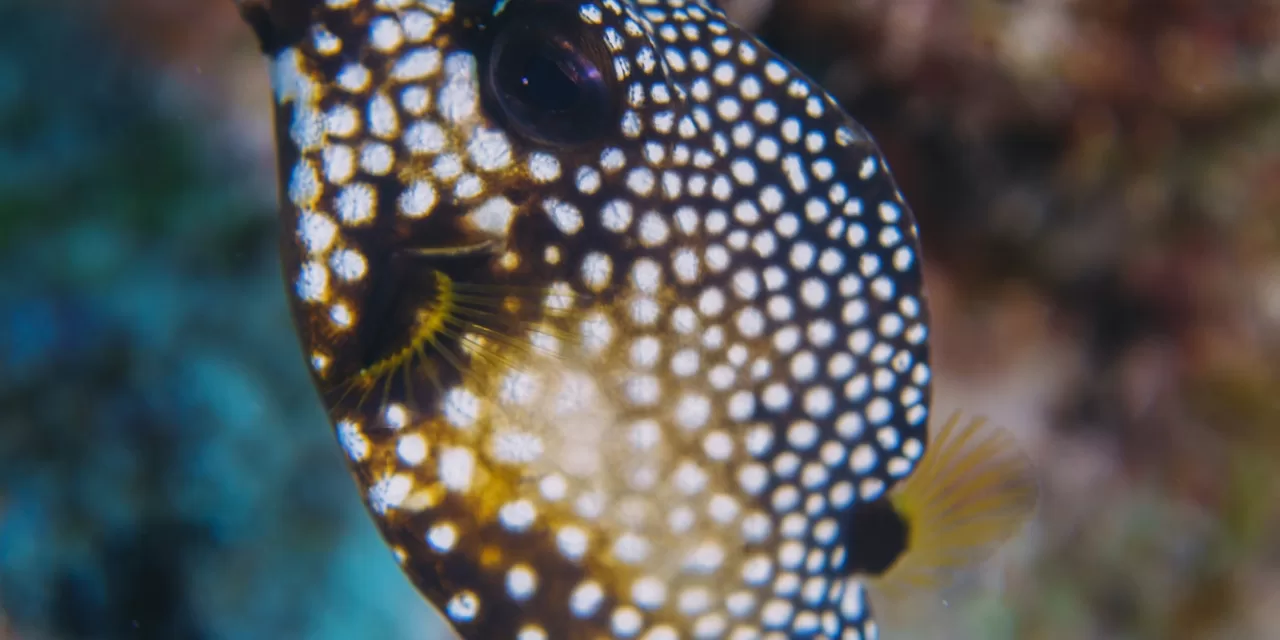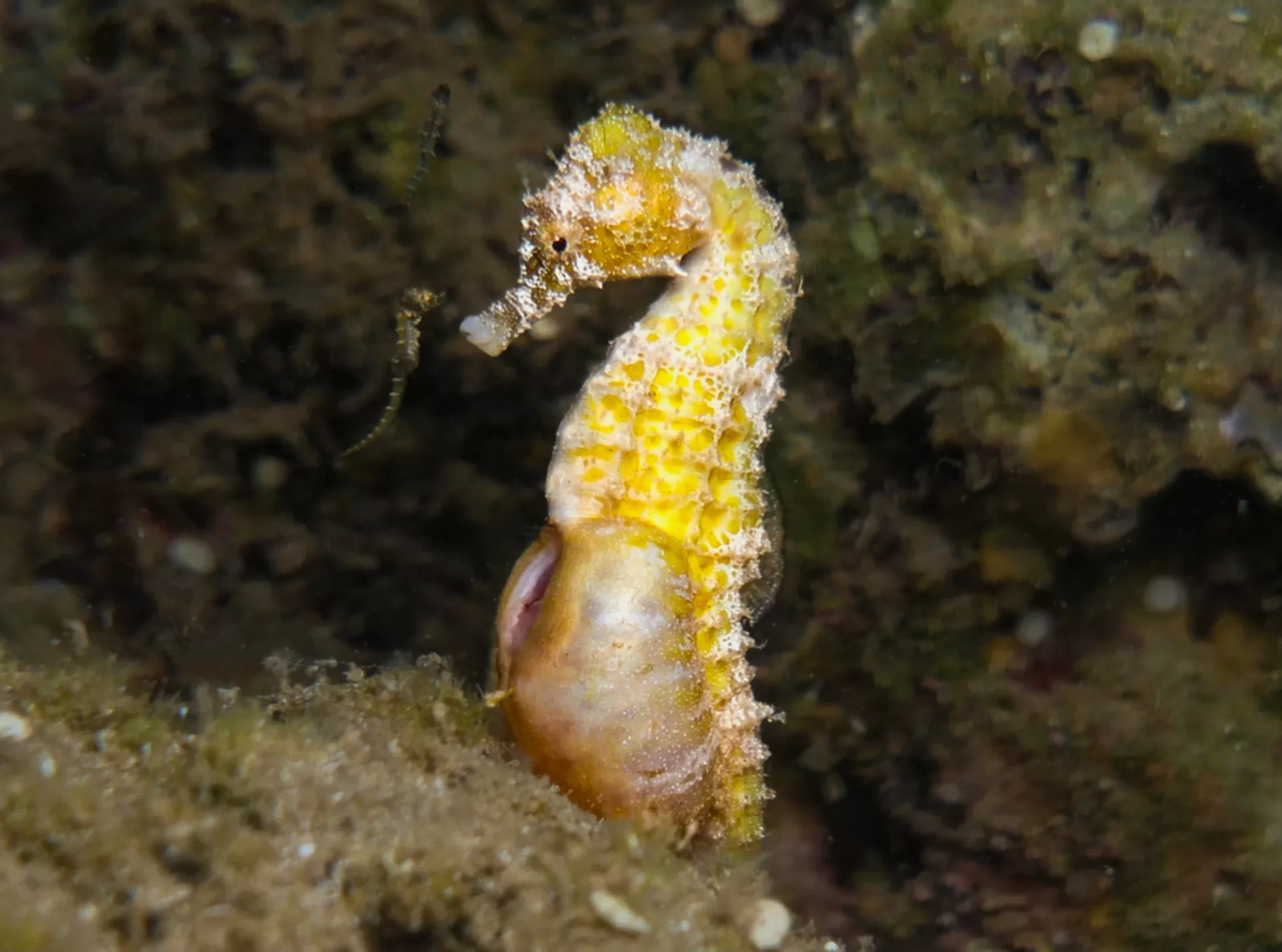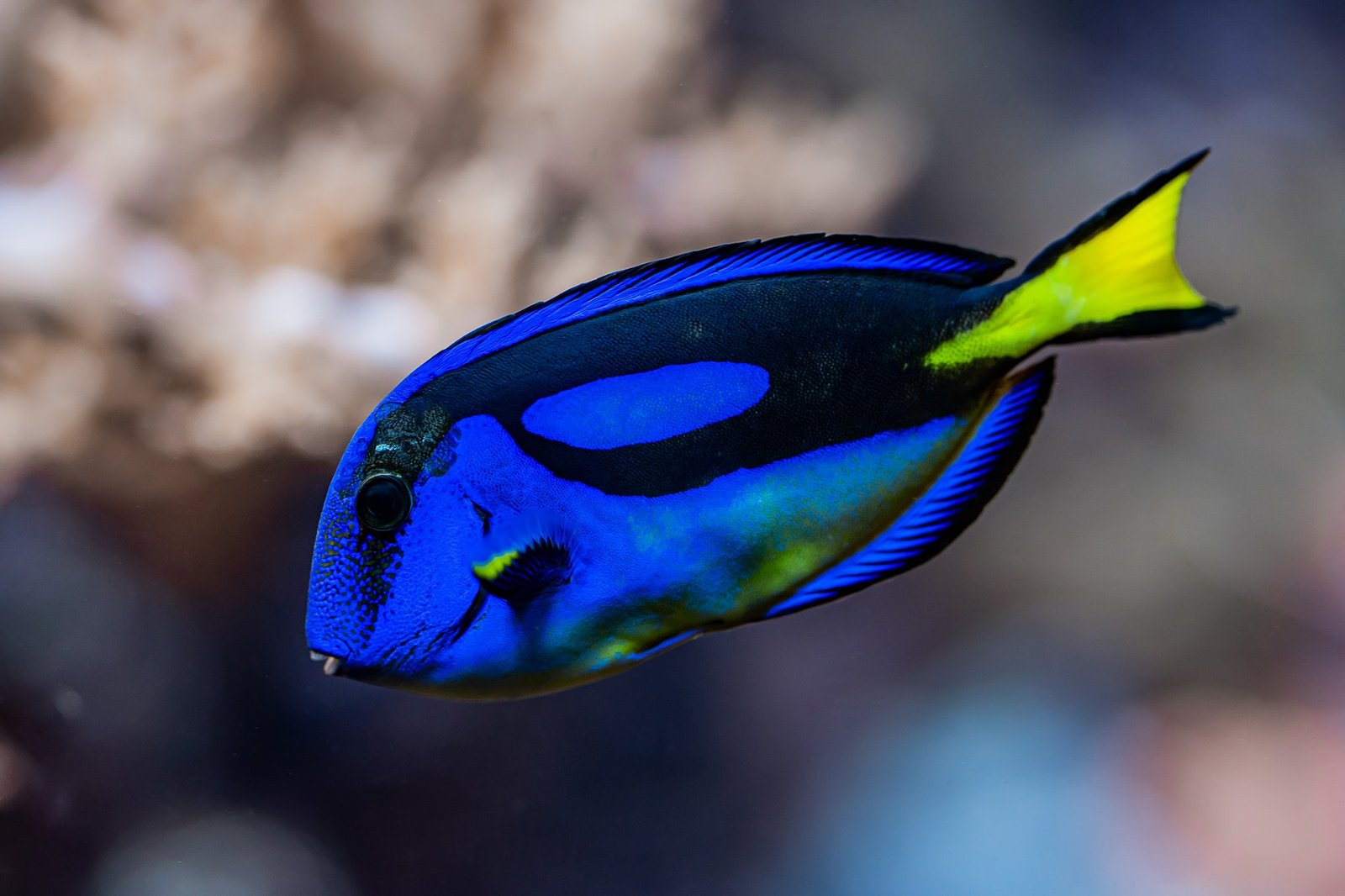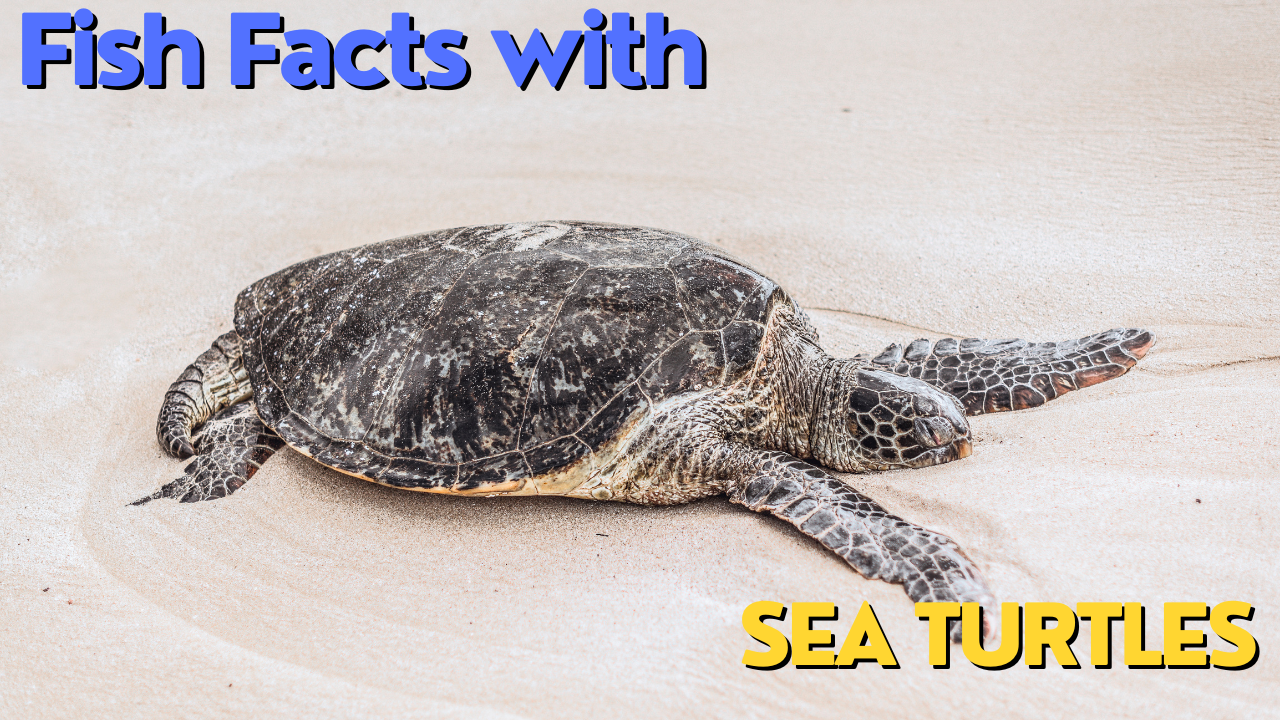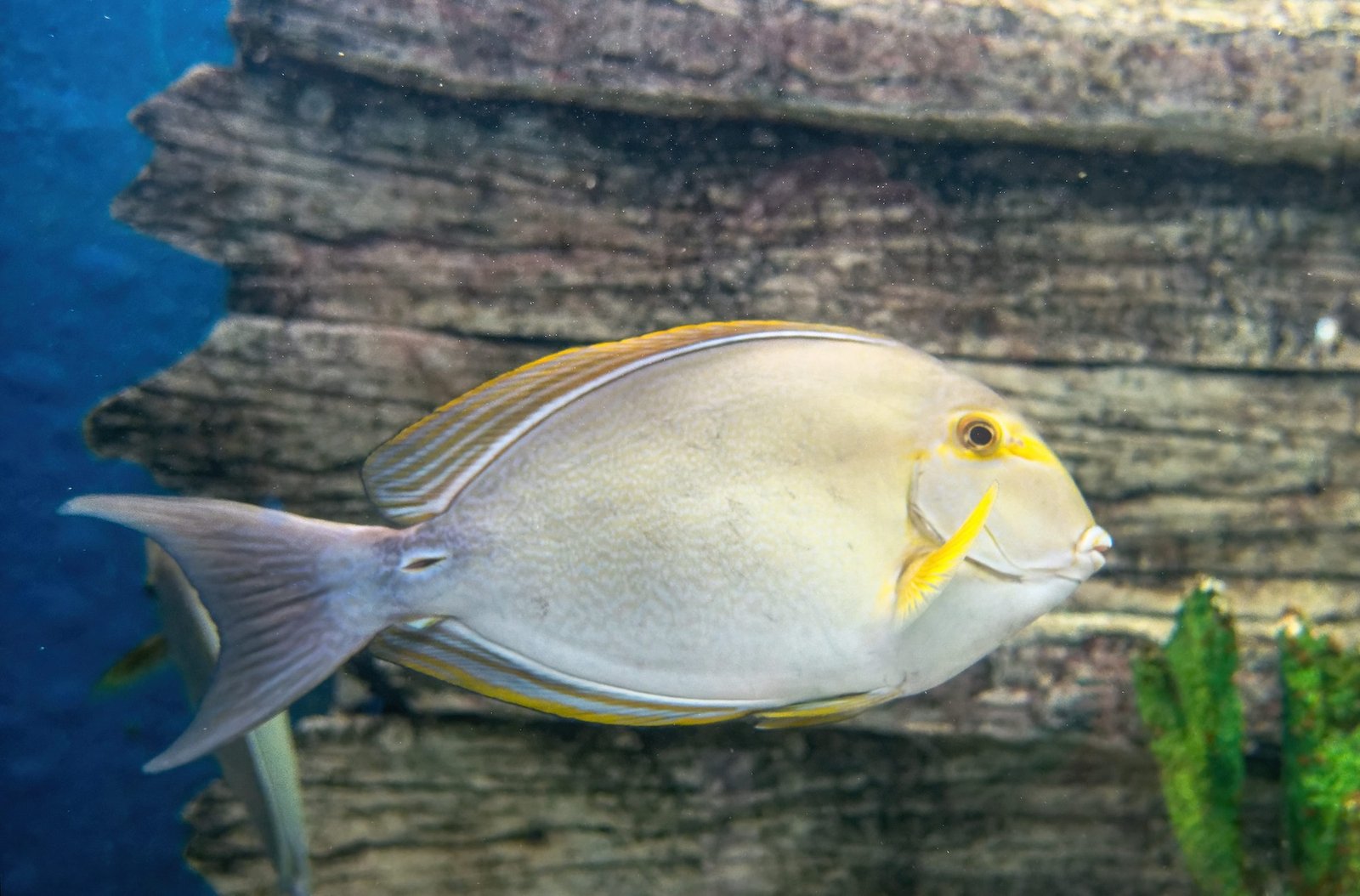Diving into the vibrant world beneath the waves, scuba enthusiasts encounter a myriad of marine species, each with its unique charm and characteristics. Among these, the Spotted Trunkfish stands out as a fascinating subject for observation and study. This introduction aims to shed light on the Spotted Trunkfish, highlighting its distinct features and the importance of fish identification for divers.
Overview of the Spotted Trunkfish
The Spotted Trunkfish (Lactophrys bicaudalis) is a small, yet captivating, marine fish known for its distinctive boxy shape and spotted appearance. Belonging to the family Ostraciidae, it thrives in the warm waters of the Atlantic, offering a delightful sight for divers and marine biologists alike. With its hard, bony outer shell and unique swimming pattern, the Spotted Trunkfish is easily recognizable among the coral reefs and seagrass beds it calls home.
Importance of Fish Identification for Divers
For divers, the ability to identify fish species like the Spotted Trunkfish enriches the underwater experience, turning each dive into an educational journey. Knowing the species encountered beneath the waves fosters a deeper appreciation of marine biodiversity and helps divers understand the ecological roles these creatures play. Additionally, accurate fish identification is crucial for monitoring the health of marine ecosystems and supporting conservation efforts. It allows divers to contribute valuable observations to scientific research, aiding in the protection of these underwater treasures.
The Spotted Trunkfish: An Overview
Dive deeper into the realm of the Spotted Trunkfish, exploring its scientific classification, physical attributes, and life cycle. This section aims to provide a comprehensive understanding of this unique species, from its taxonomy to its lifespan.
Scientific Classification
- Kingdom: Animalia
- Phylum: Chordata
- Class: Actinopterygii
- Order: Tetraodontiformes
- Family: Ostraciidae
- Genus: Lactophrys
- Species: L. bicaudalis
The Spotted Trunkfish is a part of the boxfish family, characterized by their distinct armored bodies. This classification underlines its evolutionary adaptations, designed to survive the challenges of marine environments.
Physical Description
The Spotted Trunkfish is immediately recognizable by its hexagonal plate-like scales, which form a rigid, box-like carapace. This protective armor is dotted with black spots against a yellowish background, varying in intensity and size across individuals. Its fins are relatively small, contributing to a distinctive, somewhat awkward swimming style that is both endearing and mesmerizing to observe.
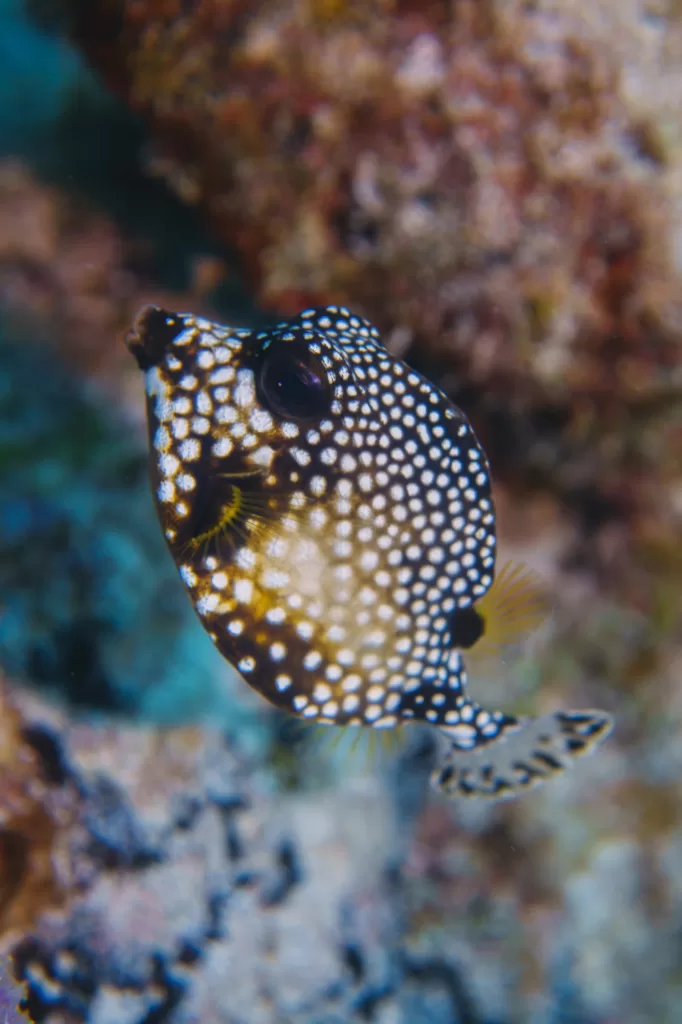
Size and Lifespan
Typically, the Spotted Trunkfish reaches a size of up to 25 centimeters (about 10 inches) in length, although sizes can vary based on environmental factors. In the wild, their lifespan can extend up to 10 years, depending on the health of their habitat and the absence of predators. Their size and longevity are indicative of their ability to adapt and thrive within their ecological niche, making them a subject of interest for both casual observers and scientific study.
Habitat and Distribution
The Spotted Trunkfish is a marine species with a preference for the warm, clear waters of the Atlantic Ocean and the Caribbean Sea. This section explores the geographical range, preferred habitats, and depth range of this intriguing fish, providing insights into its natural environment.
Geographical Range
The Spotted Trunkfish boasts a wide distribution, found throughout the tropical and subtropical regions of the western Atlantic Ocean. From the coastlines of Florida and the Bahamas, extending southward to the Caribbean Sea and reaching as far as Brazil, this species is a common sight in its range. Their presence highlights the biodiversity of these marine regions, contributing to the rich tapestry of life under the sea.
Preferred Habitats
Preferring the shelter and resources provided by coral reefs and seagrass beds, the Spotted Trunkfish is often found in these biodiverse ecosystems. These habitats offer ample feeding opportunities and protection from predators, crucial for their survival. The complex structure of coral reefs provides hiding spots and breeding grounds, while seagrass beds serve as nurseries for juvenile trunkfish, emphasizing the importance of these environments for the species’ life cycle.
Depth Range
The Spotted Trunkfish is typically found at depths ranging from shallow waters to about 50 meters (approximately 165 feet). This depth range allows them access to a variety of feeding grounds and shelters within coral reefs and adjacent sandy or rocky bottoms. Their adaptability to different depths showcases the species’ versatility in habitat preference, enabling them to thrive in diverse marine environments.
Behavior and Ecology
Understanding the behavior and ecology of the Spotted Trunkfish reveals fascinating aspects of its life in the ocean. This section delves into their feeding habits, social behavior, and the unique defense mechanisms they employ to evade predators.
Feeding Habits
The diet of the Spotted Trunkfish primarily consists of small invertebrates, including mollusks, crustaceans, and worms. They employ a unique feeding strategy, using their protrusible mouths to create suction, drawing prey out from crevices in the coral and sand. This method allows them to feed on hidden or buried organisms, showcasing their role as benthic feeders within the ecosystem.
Social Behavior
Spotted Trunkfish are generally solitary creatures, with individuals often seen alone or in pairs, especially during mating season. They exhibit territorial behavior, defending their feeding grounds against other trunkfish. However, during breeding, they engage in a more social interaction, indicating a complex behavior pattern that balances between solitary and social tendencies depending on the context.
Predators and Defense Mechanisms
Despite their hard, bony exterior, Spotted Trunkfish are preyed upon by larger fish and sharks. To defend themselves, they have developed a unique defense mechanism: when threatened, they can release a toxic substance known as ostracitoxin from glands in their skin. This toxin deters predators, providing them with a chemical defense mechanism that complements their physical armor. Additionally, their ability to rapidly change color when stressed or threatened serves as a visual warning to potential predators, further ensuring their survival in the diverse and competitive marine environment.
Importance in the Ecosystem
The Spotted Trunkfish plays a significant role in the health and stability of coral reef ecosystems. This section highlights their contributions to coral reef health and their interactions with other marine species, underlining the interconnectedness of marine life.
Role in Coral Reef Health
As benthic feeders, Spotted Trunkfish contribute to the balance of coral reef ecosystems by controlling populations of small invertebrates. Their feeding habits help prevent any single species from dominating the benthic community, promoting biodiversity and maintaining the health of coral reefs. Furthermore, their activity contributes to the bioerosion process, which, in moderation, is essential for reef maintenance and growth, ensuring the cycling of nutrients and the overall dynamism of the reef ecosystem.
Interactions with Other Marine Species
The Spotted Trunkfish interacts with a variety of marine species, playing a role in the complex web of relationships that define coral reef ecosystems. For example, they are prey for larger predatory fish, thereby contributing to the food web. Additionally, their presence may influence the behavior and distribution of smaller reef inhabitants, either by competing for food resources or indirectly affecting habitat use through their foraging activities. These interactions underscore the trunkfish’s role in the ecological balance, demonstrating the importance of each species in maintaining the health of marine environments.
Identifying the Spotted Trunkfish: Key Features
Identifying the Spotted Trunkfish requires an understanding of its distinctive physical characteristics and behaviors. This section outlines the key features that divers and marine enthusiasts can use to recognize this unique species.
Distinctive Markings and Coloration
The most noticeable feature of the Spotted Trunkfish is its vibrant coloration and distinctive spotted pattern. The body is predominantly light yellow or blue, adorned with black spots that vary in size and density across individuals. This speckled appearance not only provides camouflage among the coral reefs but also makes them easily identifiable among other reef inhabitants.
Shape and Size Comparisons with Similar Species
The Spotted Trunkfish is characterized by its boxy, almost triangular shape, due to its rigid, bony carapace. This unique body structure sets it apart from most other fish species found within coral reef environments. When comparing size, the Spotted Trunkfish typically grows up to 25 centimeters (10 inches) in length, making it smaller than some of its relatives in the boxfish family. These physical attributes help differentiate the Spotted Trunkfish from similar-looking species, such as the Cowfish and the Boxfish.
Behavioral Traits for Identification
Behaviorally, the Spotted Trunkfish exhibits a few distinctive traits that can aid in identification. Its swimming style is notably awkward due to its rigid body, moving through the water with a distinctive wobble. Furthermore, when threatened, it may exhibit color changes or release toxins as a defense mechanism. Observing these behaviors, along with its physical characteristics, can help divers and marine biologists accurately identify the Spotted Trunkfish in its natural habitat, contributing to a greater understanding and appreciation of this unique marine species.
Conservation Status
The Spotted Trunkfish, while not currently listed as endangered, faces several threats that could impact its populations and the broader health of coral reef ecosystems. Understanding these challenges is crucial for developing effective conservation strategies.
Current Threats and Challenges
The primary threats to the Spotted Trunkfish include habitat destruction due to coastal development, pollution, and the impacts of climate change, such as ocean acidification and rising sea temperatures. These factors degrade coral reef habitats, reducing the availability of food resources and shelter for the Spotted Trunkfish. Overfishing and bycatch in some regions also pose significant threats, disrupting the balance of reef ecosystems.
Conservation Efforts and Protected Areas
Conservation efforts for the Spotted Trunkfish include establishing marine protected areas (MPAs) that safeguard critical habitats from destructive activities. MPAs help ensure the preservation of coral reefs and the species they support, including the Spotted Trunkfish. Additionally, research and monitoring programs contribute to understanding the species’ ecology and threats, guiding conservation policies and actions. Public awareness campaigns also play a vital role in promoting responsible diving and snorkeling practices, reducing human impact on coral reefs.
Tips for Divers
Observing the Spotted Trunkfish in its natural habitat is a rewarding experience for divers. Here are some best practices and tips for responsibly interacting with these remarkable creatures.
Best Practices for Observing the Spotted Trunkfish
- Maintain a respectful distance to avoid stressing the fish or disrupting their natural behavior.
- Avoid touching or chasing the Spotted Trunkfish, as this can cause harm and stress to the animal.
- Be mindful of your buoyancy and movements to prevent damaging the coral reef habitat.
Photography Tips for Capturing Their Unique Features
- Use natural light whenever possible to highlight the vibrant colors and patterns of the Spotted Trunkfish.
- A macro lens is ideal for capturing detailed close-ups of their distinctive markings.
- Practice patience; allow the fish to become accustomed to your presence for more natural and relaxed photographs.
Guidelines for Responsible Interaction
- Follow all local regulations and guidelines when diving in coral reef areas.
- Participate in conservation and clean-up efforts to help preserve coral reef habitats.
- Educate others about the importance of marine conservation and the role of the Spotted Trunkfish in the ecosystem.
FAQ Section
Can Spotted Trunkfish be kept in aquariums?
While it is possible to keep Spotted Trunkfish in large, well-maintained marine aquariums, it is challenging due to their specific habitat and dietary needs. They require a diet of live food and ample space to accommodate their swimming behavior, making them more suitable for experienced aquarists.
How does the Spotted Trunkfish contribute to the health of coral reefs?
The Spotted Trunkfish plays a crucial role in maintaining coral reef health by controlling populations of small invertebrates, thus preventing any single species from dominating the benthic community. This biodiversity is essential for the resilience and functionality of coral reef ecosystems.
What are the signs of a healthy Spotted Trunkfish in the wild?
A healthy Spotted Trunkfish will have bright, clear coloring with distinct spots, exhibit natural and unlabored swimming patterns, and engage in typical feeding behavior. Signs of distress or illness may include faded colors, erratic swimming, or visible injuries.
Are they venomous?
Yes, the Spotted Trunkfish is considered venomous. It has the ability to release a toxic substance known as ostracitoxin from glands in its skin when threatened. This toxin can deter predators and is harmful if ingested. However, the toxin is primarily a defense mechanism and poses little risk to humans unless the fish is handled improperly or consumed.
Can you eat them?
Eating Spotted Trunkfish is not recommended due to the presence of ostracitoxin, which can be toxic if ingested. While there may be regions where they are consumed, proper preparation to remove or neutralize the toxin is crucial. However, for safety and conservation reasons, it is generally advised to avoid eating Spotted Trunkfish.
Where are they found?
The Spotted Trunkfish is found in the warm waters of the Atlantic Ocean and the Caribbean Sea. Their range extends from the coastlines of Florida and the Bahamas, through the Caribbean, and down to the northern shores of South America, including Brazil. They favor coral reef environments and seagrass beds, where they can be seen gliding among the corals and seagrasses at depths up to about 50 meters (165 feet). These habitats provide the Spotted Trunkfish with food, shelter, and breeding grounds, making them integral to the health and biodiversity of tropical marine ecosystems.
